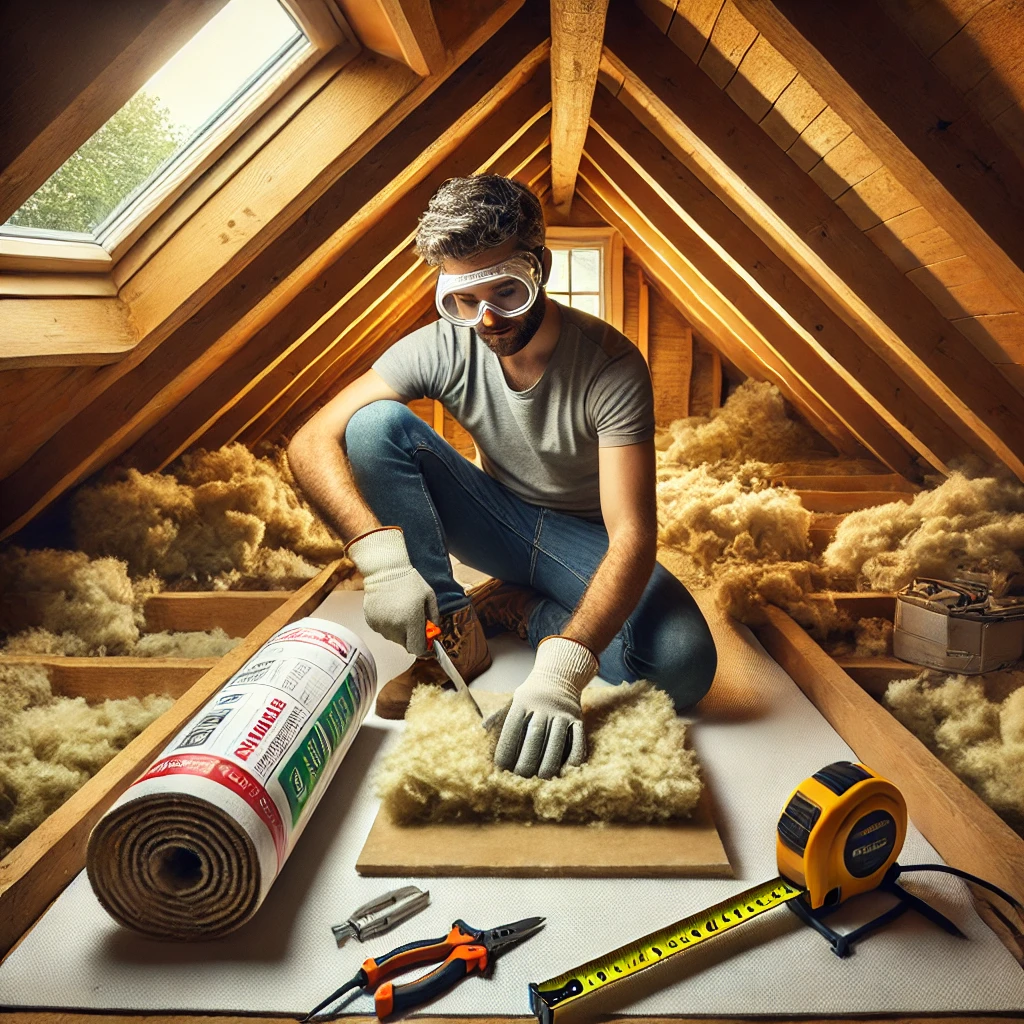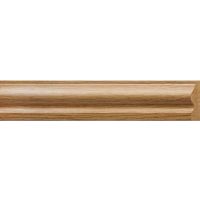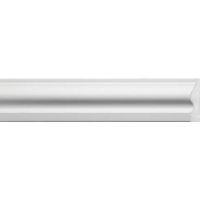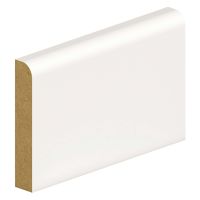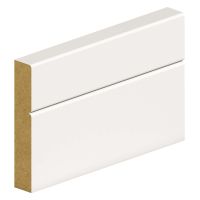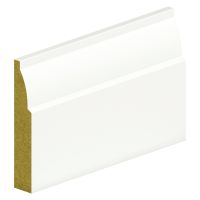A properly insulated loft can cut your heating bills by up to 30 %, turning a cold overhead void into a heat-trap. Follow these best practices to get it right:
-
Seal Air Leaks: Before fitting insulation, caulk or foam gaps around loft hatches, pipes, chimneys, and downlight fittings. Uncontrolled air movement undermines any insulation you add.
-
Choose Your Insulation:
-
Mineral Wool Rolls (Rockwool): Affordable, fire-resistant, and water-repellent—ideal for standard joist spaces. Aim for 270 mm depth for ~R-value 7.0.
-
PIR Boards: High thermal value per inch; use where headroom is limited or over joists to eliminate cold bridges.
-
-
Ventilation Gaps: Maintain a continuous 25 mm air gap at the eaves to prevent condensation under the roof covering. Clear existing soffit vents before installing.
-
Layering Technique: Fit the first layer of mineral wool between joists without compressing it. Then lay PIR boards perpendicular over the joists to seal off heat-loss paths.
-
Safe Access & Walkways: Install loft boarding on loft legs or trays above the insulated joists so you can move around without damaging the insulation below.
By combining thorough air-sealing, the right insulation materials, and attention to ventilation, your loft becomes a major asset in keeping your home warm, comfortable, and energy-efficient year-round.

